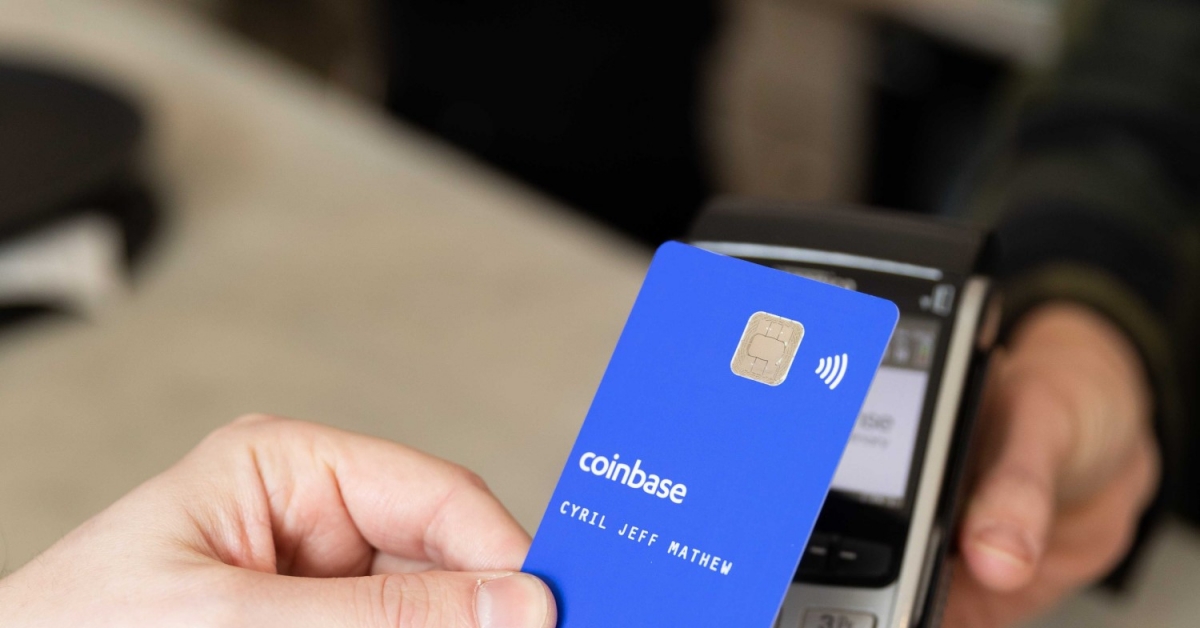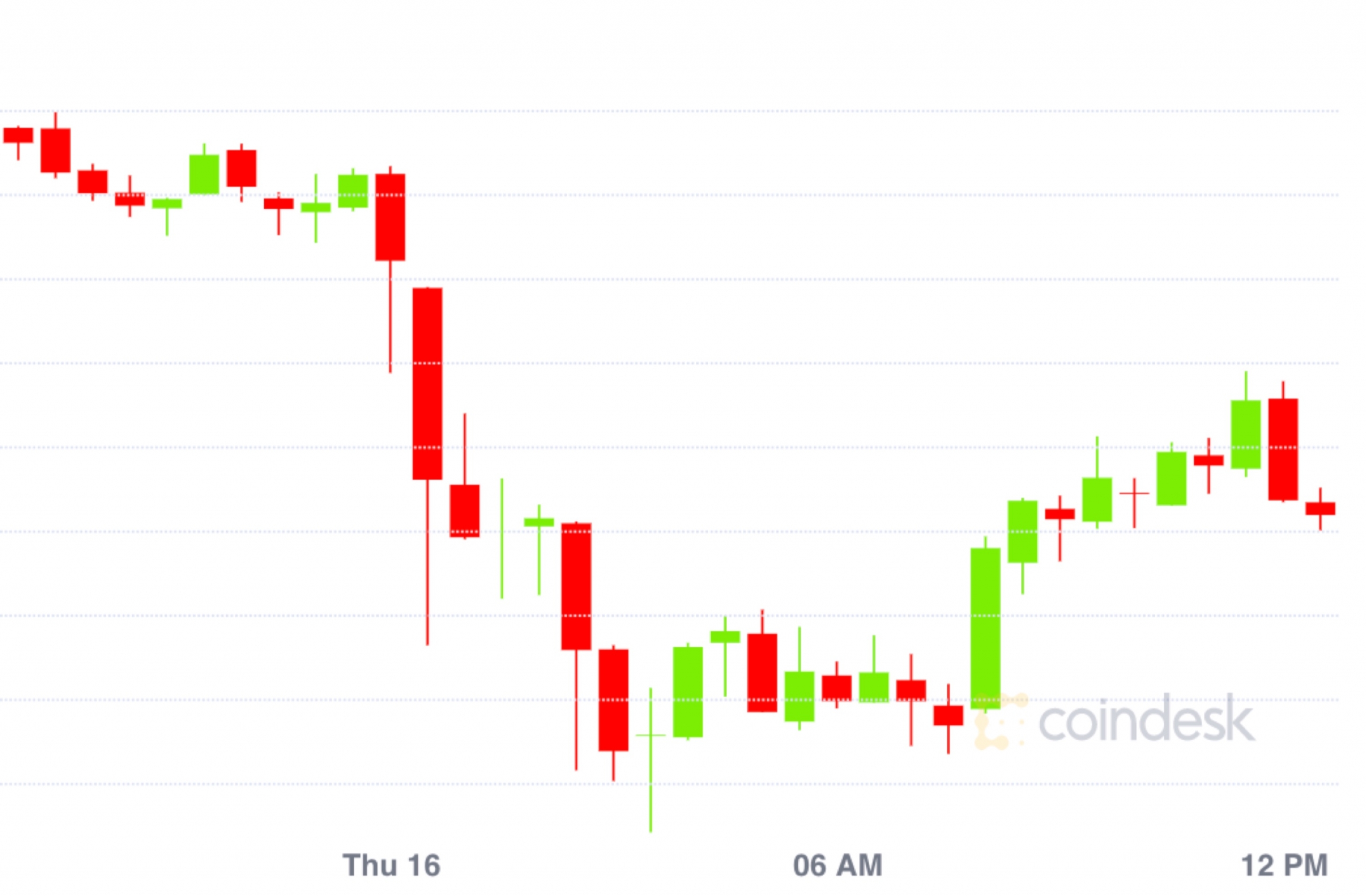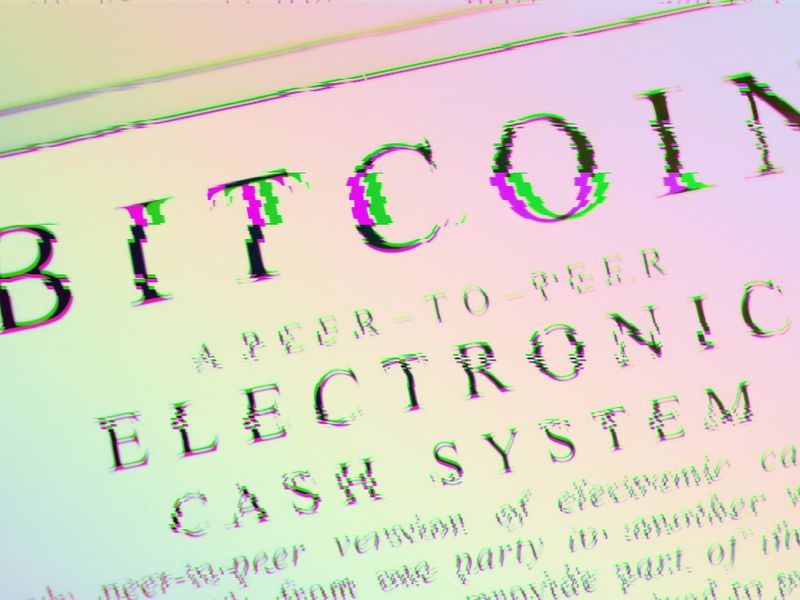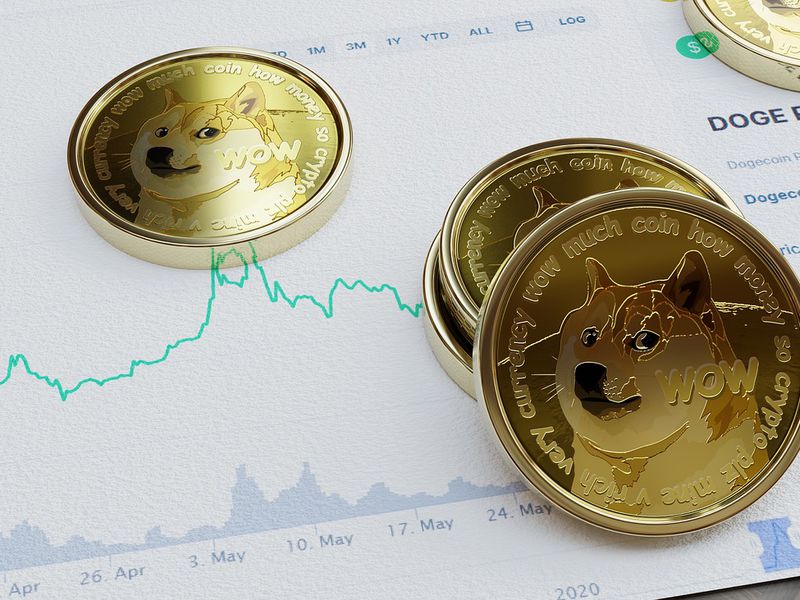The Promises and Perils of Private Asset Tokenization
Alternative assets such as natural resources, art and private equity have become popular investments because of their potential for higher returns and lower volatility than traditional assets. However, the benefits of alternative asset classes like these also come with a number of limitations, including high minimum investment requirements, liquidity constraints and a lack of transparency.
Tokenization, the process of converting traditional assets into digital tokens through blockchain technology, may overcome some of these limitations, and its success could transform the alternatives sector.
Cristiano Ventricelli is vice president – digital economy at Moody’s Ratings
Note: The views expressed in this column are those of the author and do not necessarily reflect those of CoinDesk, Inc. or its owners and affiliates.
Blockchain’s transparent and immutable ledger allows token holders to access real-time information about their investments, fostering greater transparency in traditionally opaque markets. This visibility is a game-changer for monitoring cash flows and performance of credit portfolios, although tokenization does not alter the underlying characteristics of the instruments. Whether on-chain or off-chain, assets’ underlying risks, and the importance of due diligence, remain the same.
One of the most promising aspects of tokenization is its potential to broaden access to high-value alternative investments. By fractionalizing ownership, tokenization lowers the barriers to entry, enabling a wider range of investors to participate in opportunities previously limited to institutional and ultra-high-net-worth investors. By making once-illiquid assets more tradable and therefore more liquid, tokenization could reshape market dynamics, creating secondary markets powered by blockchain.
Cost reduction is another significant advantage. Tokenization can streamline issuance, reducing costs for both investors and asset managers. The efficiencies gained may translate into higher returns for investors as asset managers pass on some of the potential savings. For distributors, reduced administrative burdens and overhead would allow them to focus on deepening client relationships and innovating new products. The integration of artificial intelligence in financial operations may further amplify these benefits, enhancing efficiency and accuracy.
Transparency in private markets can be improved by tokenization, but only to a certain extent. While blockchain technology enhances visibility, total transparency is unlikely. Because private market asset managers have more information about their investments than is available publicly, they can use this information asymmetry to take advantage of market opportunities and earn higher yields. This inherent characteristic of private markets will likely persist, even with the advancements brought by tokenization.
Tokenized alternative assets are already being actively traded. Traditional financial institutions have begun offering tokenized versions of private equity and private credit investments through feeder funds on private and public blockchains. These tokenized funds come with significantly lower minimum investment thresholds than their traditional counterparts, opening new avenues for a broader set of investors.
In decentralized finance (DeFi), platforms are using smart contracts to facilitate private credit transactions, highlighting the growing intersection between blockchain technology and alternative investments.
However, investing in tokenized private assets introduces novel risks. Regulatory and legal uncertainties remain significant barriers, with many aspects of tokenization still in a legal gray area. Investors must navigate these uncertainties, and the yields on tokenized transactions will likely be higher than those in traditional markets to compensate for the additional risks. Technical challenges also persist, particularly the need for seamless integration between on-chain and off-chain operations. The absence of a reliable digital cash option and interoperability issues among various blockchain platforms further impede the development of a robust secondary market.
Regulatory clarity, technological advancements, and industrywide cooperation are key to navigating these hurdles. If these problems are addressed, tokenization has the potential to bring accessibility, transparency and efficiency to alternative asset markets, unlocking value for a broader range of investors.
Edited by Daniel Kuhn.









